Patrick Riley, Cognitive Coach for kid-FRIENDLY grant in Kentucky, uses the metaphor of planting seeds and growing a culture of learning.
Get Started for FREE
Sign up with Facebook Sign up with X
I don't have a Facebook or a X account
 Your new post is loading... Your new post is loading...
 Your new post is loading... Your new post is loading...

luc taesch's curator insight,
June 24, 2015 4:37 PM
Kathleen McClaskey's insight:
Do not miss this all important video where Dr. Todd Rose explains why we need to abandon the "average" in education and create an education system that focuses on the individual learner. We can not continue in the current "average" system that was designed during the Industrial Age to support an Industrial Age economy. We need a system, as Dr. Rose points out, designed where "each student can become their very best".

Monica S Mcfeeters's curator insight,
April 22, 2013 4:35 PM
This is so very true. People develop a real meaningful reason for learning or the learning will have much less staying power. I love what this article points out. Teacher's function best if they provide guidance for the process and monitor success. 
Thomas C. Thompson's curator insight,
April 26, 2013 2:53 PM
I like the debate this could start in my classroom! 
Meri Walker's comment,
May 1, 2013 3:40 PM
It's been so long since I could call anyone a "student" with a straight face. I call people participants and learners... because the "student" label means I'm a "teacher" and I'm not...I'm a learner, too.

Aysin Alp's curator insight,
January 11, 2014 3:27 AM
The Learner Moving to a learner-centered environment |

Sharon Berman's curator insight,
January 19, 2016 5:10 PM
What great ideas, Dr Gerstein reminds us of. Always having the learner at the centre of our thought processes when designing and developing lessons, means a much more engaging process for all involved.

Escola Global's curator insight,
April 5, 2015 4:16 PM
Student centered learning Learning is personalized Learning is competency based Learning happens anytime, anywhere Students take ownership 
Tony Guzman's curator insight,
April 6, 2015 8:56 AM
This article and video help us start to discuss student-centered learning and how vastly different this is to the current model used in our K-12 public school systems.

Audrey's comment,
January 23, 2013 4:52 PM
To own your learning you must have an internal locus of control. This means that you understand how you learn and why you want to learn a topic. You actively seek to master ways to expand your learning.and do not depend on anyone. You have faith in your abilities; you are committed, confident with no belief in fate or luck.

Marcello Stoll's curator insight,
January 28, 2013 5:24 AM
"When the learning starts with the learner, the learner takes responsibility for their learning. The report states that the learner owns their learning, but does not provide evidence how this happens. The teacher, data, and technology guides the learning in the model provided in the report -- not the learner."
Lizeth Jimenez's curator insight,
December 15, 2015 11:14 AM
This post talks about the importance to know your students before being able to motivate them! |




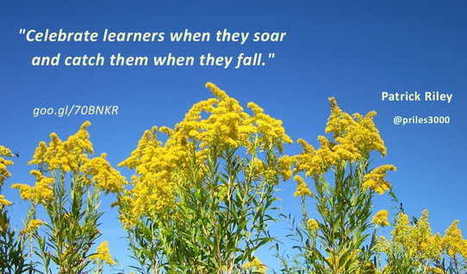


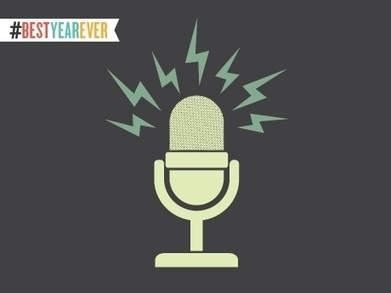






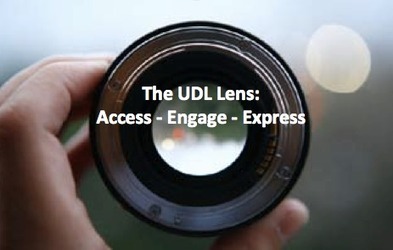

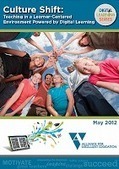

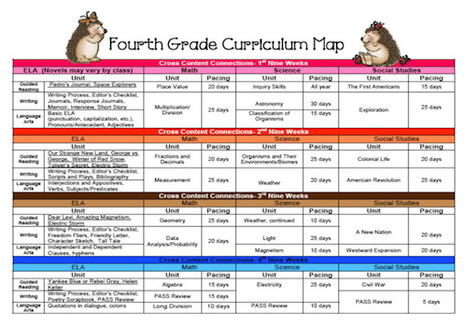






adicionar sua visão ...